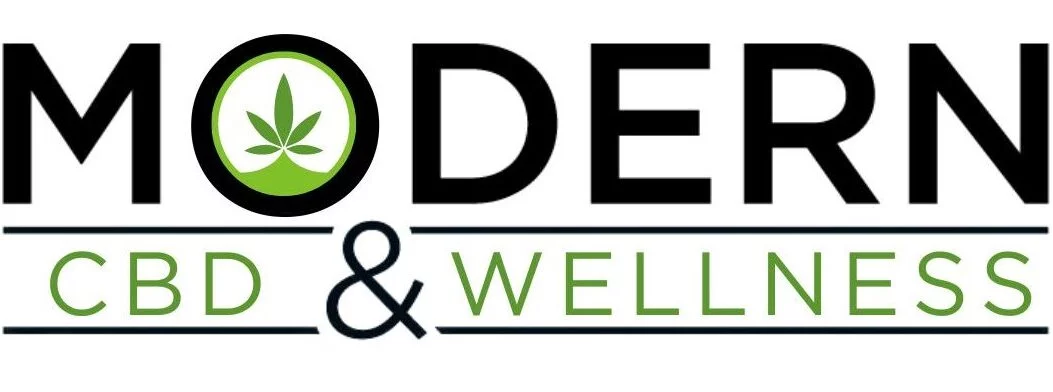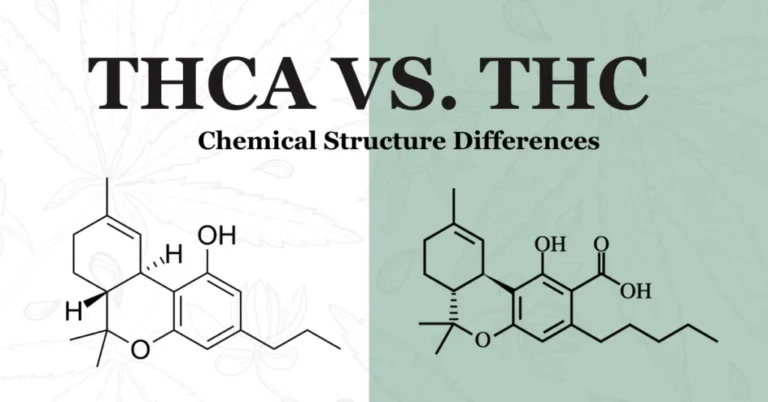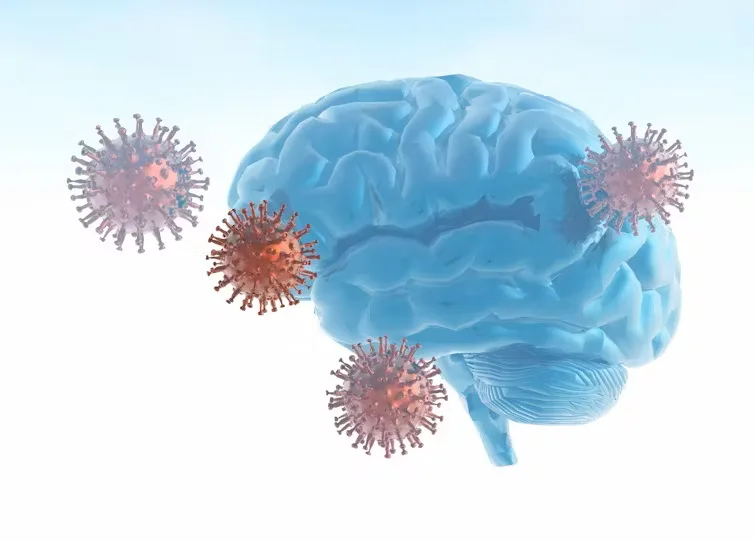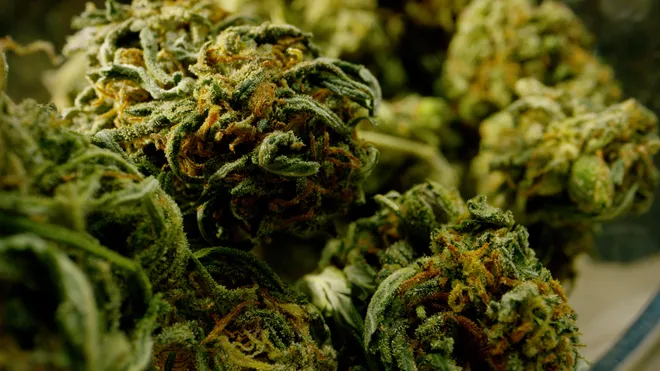How Is Delta 9 Extracted From Hemp
The cannabis industry has seen tremendous growth and innovation over recent years, with significant advancements in the extraction and refinement of cannabinoids. One area of keen interest is the extraction of Delta 9 THC from hemp.
As the legal landscape around cannabis continues to evolve, understanding how Delta 9 from hemp is extracted is crucial for both consumers and industry stakeholders. This blog delves into the detailed process of how Delta 9 THC is derived from hemp, the legal nuances surrounding its extraction, and the science behind achieving compliant products.
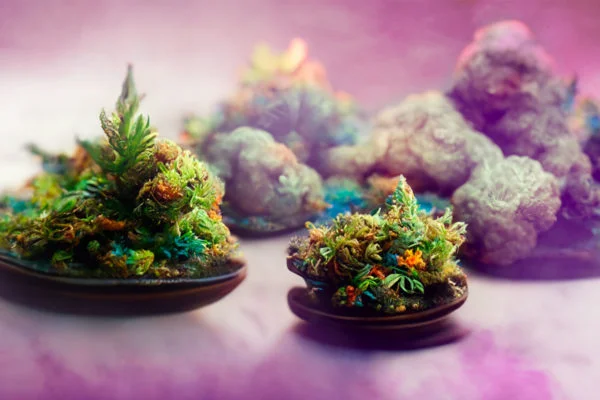
Understanding Delta 9 THC and Hemp
Delta 9 THC, short for delta-9-tetrahydrocannabinol, is the primary compound responsible for the psychoactive effects of cannabis. It’s known for creating the euphoric sensations associated with marijuana use. However, Delta 9 THC can also be extracted from hemp, which is a variant of the Cannabis sativa plant legally defined as containing no more than 0.3% Delta 9 THC by dry weight. This legal classification enables the production of hemp-derived Delta 9 products that comply with federal laws while offering similar effects to those found in marijuana-derived Delta 9 THC.
The Legal Significance of 0.3% Delta 9 THC
The 2018 Farm Bill set the stage for the legal cultivation of hemp and the production of hemp-derived products, as long as they contain less than 0.3% Delta 9 THC by dry weight. This threshold is essential for determining the legality of such products. Understanding what 0.3% Delta 9 THC means in terms of product weight and concentration is critical for manufacturers to maintain compliance and avoid legal challenges.
How Delta 9 Is Extracted from Hemp
Extracting Delta 9 from hemp involves precise methods aimed at isolating the cannabinoid while keeping the final product within legal limits. The process begins with preparing the hemp biomass, drying, and grinding the plant material to optimize extraction efficiency. Then, various extraction methods are used—whether through solvents like ethanol, CO2, or hydrocarbons such as butane or propane. Each method has distinct advantages in isolating cannabinoids and terpenes. The resulting crude extract undergoes winterization, a process that removes unwanted fats, waxes, and lipids by chilling and filtering the mixture.
The extract is then distilled, separating cannabinoids based on their boiling points to yield a concentrated Delta 9 THC distillate. Chromatography is employed to ensure that the Delta 9 content remains under the legal 0.3% threshold. Techniques like high-performance liquid chromatography (HPLC) help control and refine the final product’s composition.
How Hemp-Derived Delta 9 Is Made
Once Hemp-derived Delta 9 THC has been extracted and purified, it can be used in various products like edibles, tinctures, and vape cartridges. For edibles, the Delta 9 distillate is infused into food products such as gummies and chocolates. Producers calculate the total weight of the product and the Delta 9 content to stay within the 0.3% limit. Tinctures are created by dissolving the distillate in carrier oils, and vape cartridges are produced by mixing the distillate with terpenes and other additives.
Ensuring Compliance and Safety
Given the complexity of extracting and producing hemp-derived Delta 9 THC products, rigorous testing is crucial. Third-party lab tests are conducted to verify Delta 9 THC content and ensure the absence of contaminants like pesticides, heavy metals, or residual solvents. Producers also follow good manufacturing practices (GMP) to ensure both product safety and quality.
Conclusion
The extraction and production of Delta 9 THC from hemp highlight the convergence of science, agriculture, and regulation. Understanding the methods involved in hemp-derived Delta 9 THC production is key to navigating the evolving landscape of this industry. Whether you’re a consumer or involved in the hemp sector, staying informed about how these products are made ensures an appreciation for the complexity and precision required to produce safe, legal, and effective products.
